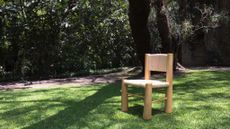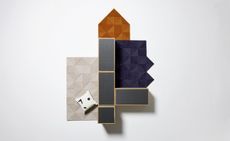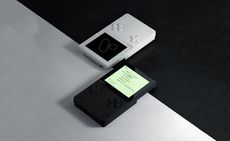Minimoog Model D synthesiser: the analogue legend returns
Synth completists and collectors, as well as a new generation of avant-garde musicians, hail the return of Moog’s 1970 Minimoog Model D
- (opens in new tab)
- (opens in new tab)
- (opens in new tab)
- Sign up to our newsletter Newsletter
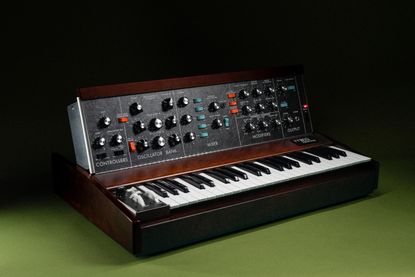
The dawn of affordable analogue synthesis began in 1970, when inventor Bob Moog and engineer Bill Hemsath compressed the vast cabinets and complex array of patch cables of Moog’s famed synthesisers into a smaller, portable unit: the Minimoog Model D.

Everything about this new musical creation ticked the boxes that shaped the age; its sounds were new, inventive, and otherworldly, as well as being easy to shape on the fly. Unlike its unwieldly antecedents, the Model D was embraced by musicians from every genre, helping usher in whole new movements.

The Minimoog Model D returns
Now the Minimoog Model D is back. The new model is a handmade replica of the original, built to the same specifications. Made at Moog’s factory in Asheville, North Carolina, the Model D’s return taps into a burgeoning appreciation of the quirks and eccentricities of original analogue hardware, something that no amount of digital modelling can ever quite replicate.

Like many instruments of its era, the Model D is a tactile delight. The hand-finished aluminium chassis is outfitted with a half-size keyboard, pitch, and modulation wheels, as well as plenty of knobs with which to twiddle housed on the tilting control panel.

The cabinet is made from dark Appalachian hardwood and there’s also a bespoke flight case to keep the reissue in mint condition. ‘The Minimoog Model D is more than just a collection of circuits in a box – it’s a true musical instrument that is a joy to program and play,’ says Steve Dunnington, VP of product development at Moog Music, the company that Robert Moog set up in 2002 once he’d regained the rights.

‘Bob always recognised the importance of an instrument’s feel,’ Dunnington continues, ‘and we’ve gone to great lengths to honour his practices through the re-introduction and manufacture of this beautiful synthesiser.’
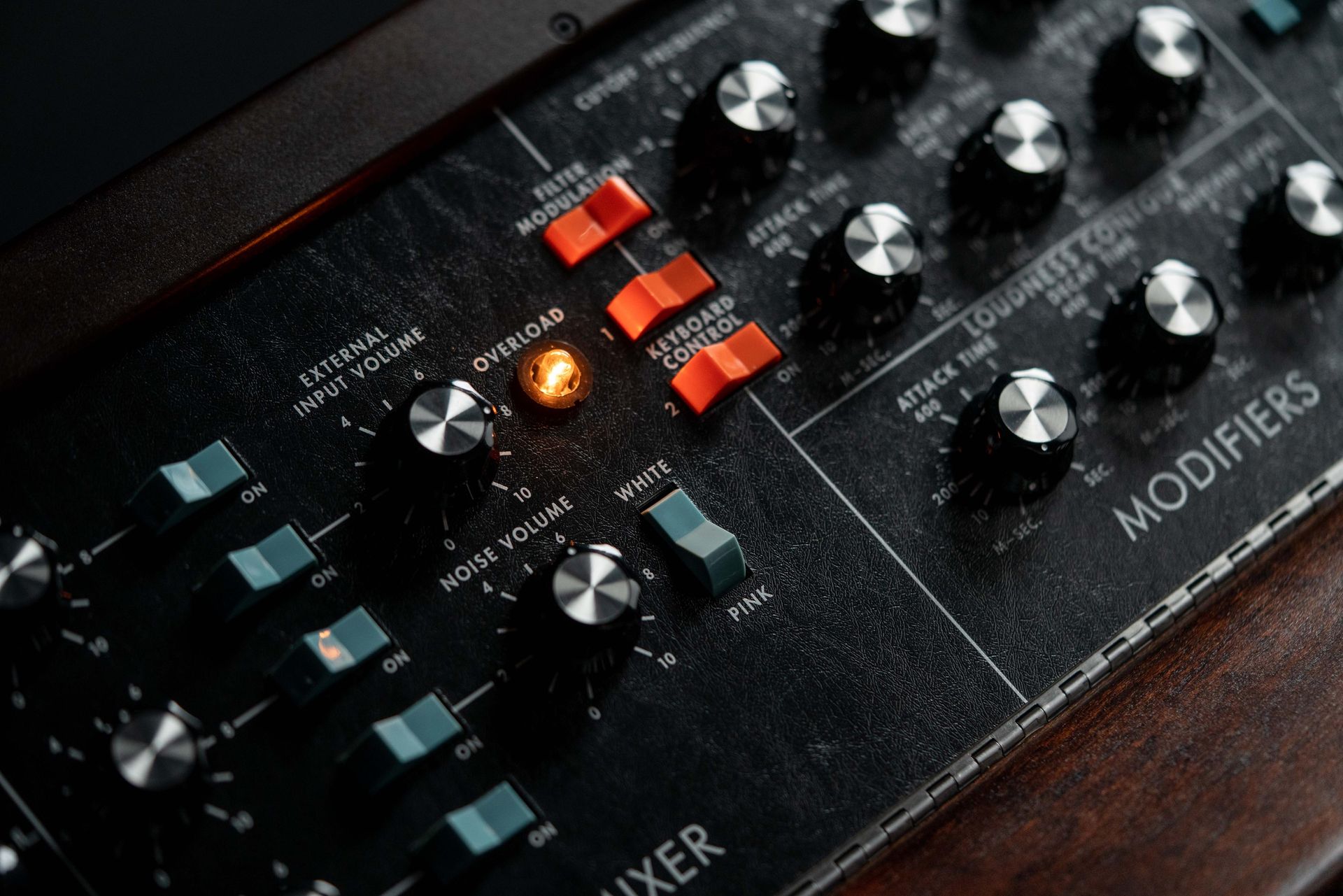
Moog died in 2005, but his company goes from strength to strength, creating new instruments inspired by the classics, like the Moog Sound Studio and building ultra-limited-edition versions of its iconic originals, like the $35,000 Moog IIIP Modular Synthesizer.

The Minimoog Model D won't be quite as headily priced, but sonic history isn't likely to come cheap.
Minimoog Model D, price tbc, MoogMusic.com
Jonathan Bell has written for Wallpaper* magazine since 1999, covering everything from architecture and transport design to books, tech and graphic design. He is now the magazine’s Transport and Technology Editor. Jonathan has written and edited 15 books, including Concept Car Design, 21st Century House, and The New Modern House. He is also the host of Wallpaper’s first podcast.
-
 34th São Paulo Bienal arrives at Luma Arles for first European presentation
34th São Paulo Bienal arrives at Luma Arles for first European presentationAn exhibition of highlights from the 34th São Paulo Bienal is at Luma Arles, marking its European and tour finale
By Martha Elliott • Published
-
 This winter’s most stylish skiwear, Gucci to Hermès
This winter’s most stylish skiwear, Gucci to HermèsStatement-making skiwear for on and off the slopes, from Louis Vuitton, Dior, Moncler and more
By Jack Moss • Published
-
 Clásicos Mexicanos celebrates Mexican design’s golden age
Clásicos Mexicanos celebrates Mexican design’s golden ageDesign Miami 2022: the Maestro Dobel Artpothecary in collaboration with Clásicos Mexicanos features works from Mexican architect Ricardo Legorreta’s ‘Vallarta’ collection
By Sujata Burman • Published
-
 Thanks to Artificial Intelligence, is the writing on the wall for the creative professions?
Thanks to Artificial Intelligence, is the writing on the wall for the creative professions?New AI tools – such as writing bot ChatGPT and AI image generator DALL·E – are coming to transform reality. But can they write and illustrate Wallpaper*, asks Jonathan Bell?
By Jonathan Bell • Published
-
 New book for star-crossed cartophiles chronicles the world’s space bases, big and small
New book for star-crossed cartophiles chronicles the world’s space bases, big and smallBlast off: ‘The Atlas of Space Rocket Launch Sites’ offers a global photographic tour of gateways into orbit, both high profile and off the radar
By Jonathan Bell • Published
-
 Love Hultén’s eccentric electronics projects chronicled in new book
Love Hultén’s eccentric electronics projects chronicled in new bookWorks is a beautiful new book about the bespoke audio and visual creations of Swedish craftsman Love Hultén
By Jonathan Bell • Published
-
 We’re spun around by Phaidon’s new history of turntable design
We’re spun around by Phaidon’s new history of turntable designRevolution: The History of Turntable Design provides entertaining insight into the many ways that designers have shaped the simple record player over the decades
By Jonathan Bell • Last updated
-
 Wallpaper* Smart Space Awards 2022 winners: best design and tech for the home
Wallpaper* Smart Space Awards 2022 winners: best design and tech for the homeHere are the winners of the Wallpaper* Smart Space Awards 2022 – discover what’s new and next in the world of domestic design and technology
By Jonathan Bell • Last updated
-
 Apple Brompton Road arrives at Knightsbridge Estate
Apple Brompton Road arrives at Knightsbridge EstateThe new Apple Brompton Road store, designed by Foster + Partners at The Knightsbridge Estate, is revealed
By Ellie Stathaki • Last updated
-
 ABBA Voyage director Baillie Walsh on songs, sequins, and virtual spaces
ABBA Voyage director Baillie Walsh on songs, sequins, and virtual spacesBaillie Walsh, the director behind ABBA Voyage, one of the most advanced entertainment spectacles ever, tells Wallpaper* how the magic happens, ABBAtars and all
By Jonathan Bell • Last updated
-
 Retro favourite Game Boy has been given a new lease of life
Retro favourite Game Boy has been given a new lease of lifeGame Boy has turned Game Man, just in time for the original device's 30th birthday
By Luke Halls • Last updated


